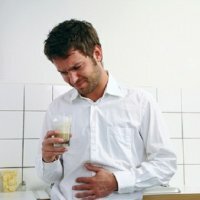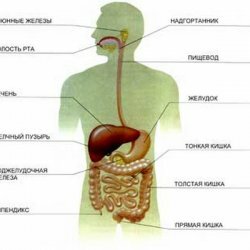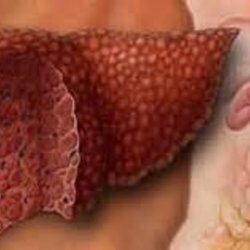Reflux esophagitis: symptoms

Reflux esophagitis( peptic esophagitis) often occurs as an independent and accompanying disease in various pathologies of the digestive system. This peptic ulcer of the duodenum, hiatal hernia, chronic cholecystitis, etc. Also, this disease occurs in portal hypertension, after various operations on the esophagus, stomach, etc. This all determines the symptoms and treatment of reflux esophagitis. Especially relevant are the study of clinical features and frequency, as well as diagnosis, treatment of reflux esophagitis precisely at an early stage of development.
Reflux esophagitis - species that differ in morphological features
Catarrhal esophagitis is the most common form of the disease, with adverse course passing into other forms;Edematous esophagitis;Erosive esophagitis - in this form on the mucosa of the esophagus, surface erosion occurs. They are formed with chemical burn, reflux, some infectious diseases. Infection can cause hemorrhagic esophagitis. Pseudomembranous esophagitis is characterized by the appearance of a fibrinous film that is not tightly welded to the mucosa of the esophagus, which is caused by infection;Exfoliative esophagitis - caused by infection. In this case, the fibrinous effusion is tightly sealed with the mucosa;Necrotizing esophagitis - appears from one of the previous forms due to a decrease in immunity with severe concomitant general pathology;Phlegmonous esophagitis is an acute purulent inflammation that occurs when a foreign body enters.
Symptoms of reflux esophagitis
Symptoms of each type of manifestation of this disease are different, but there are common signs for all types.
In reflux esophagitis, the following symptoms are most common in patients. This is a frequent occurrence of heartburn, less often pain. The occurrence of heartburn is caused by the irritating effect of intestinal or gastric contents on the mucous inflammation of the esophagus. There is pain in most cases when passing through the esophagus of hot, spicy or solid food. It can not be excluded in the mechanism of the development of pain and various multiple spastic contractions of the esophagus itself.
Pain is usually localized in the xiphoid process or behind the breastbone, rarely gives in the back, neck, left half of the thorax, lower jaw.
Heartburn is described by patients as a burning sensation or feeling hot behind the sternum. Depending on the change in the location of the body, heartburn is increased or decreased. For example, with the torso tilting or lifting the gravity, also in the supine position( on the right side especially) heartburn is intensified. It also intensifies after smoking, after consuming strong coffee, fatty foods. Because of the inadequacy of the blocking mechanism of the cardio-esophageal sphincter( lower one), the increase in heartburn, belching of air, eaten food, regurgitation, when the body posture changes, is the main differential diagnostic symptom of esophagitis reflux.
In addition to heartburn and pain, patients often complain of a feeling of fullness in the epigastrium, also a feeling of "coma" behind the sternum, which passes after eructation. They also complain of regurgitation of a certain amount of food eaten. The clinical symptomatology of reflux esophagitis, as a rule, in adolescents is more scarce than that of adults. This is due to less pronounced changes( morphological) of the mucosa of the esophagus, as well as to the short duration of the anamnesis of the disease.
With reflux esophagitis of moderate severity, heartburn occurs not only after eating. The pain itself becomes more frequent, intense, it worries the patient even after taking diet food. Also no less frequent and belching with air, lagging of the tongue, unpleasant taste in the mouth. During the endoscopic examination, patients experience erosion mainly in the lower third of the esophagus, and in most patients, cardia deficiency, as well as hernia of the esophageal opening of the diaphragm.
In case of such symptoms it is recommended to urgently consult a specialist in order to diagnose the disease in time and to prescribe the necessary treatment.



